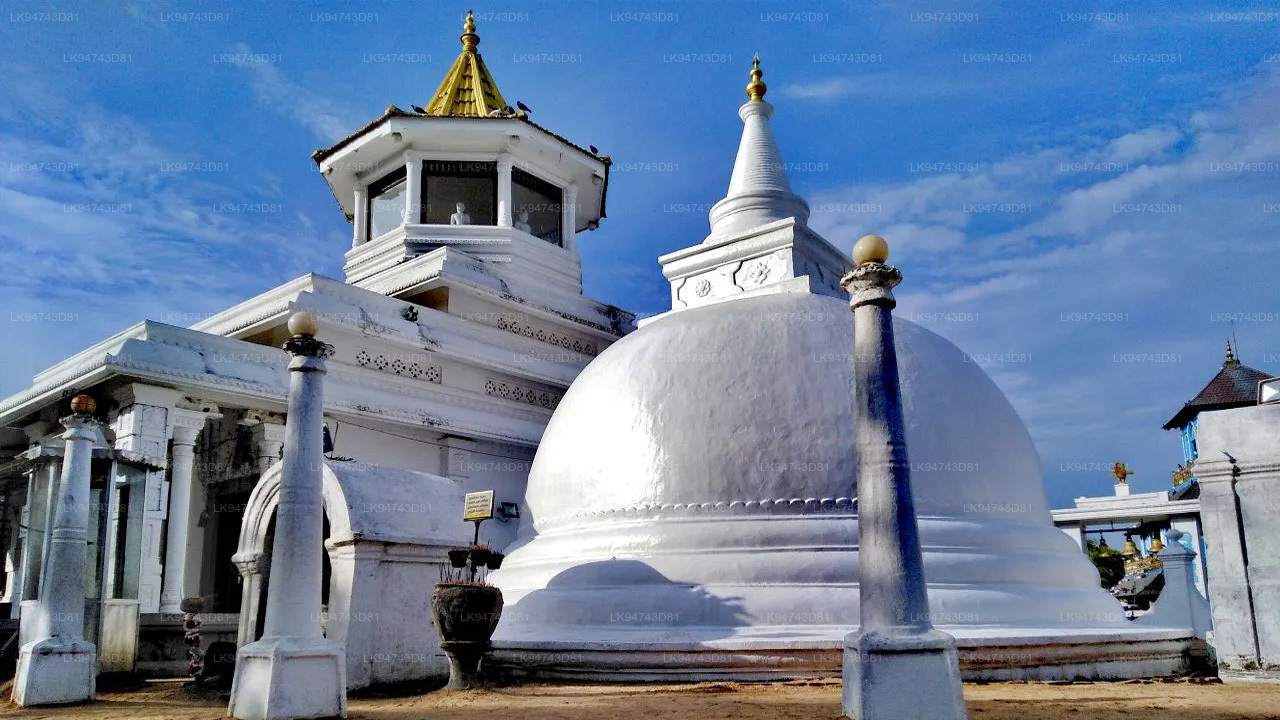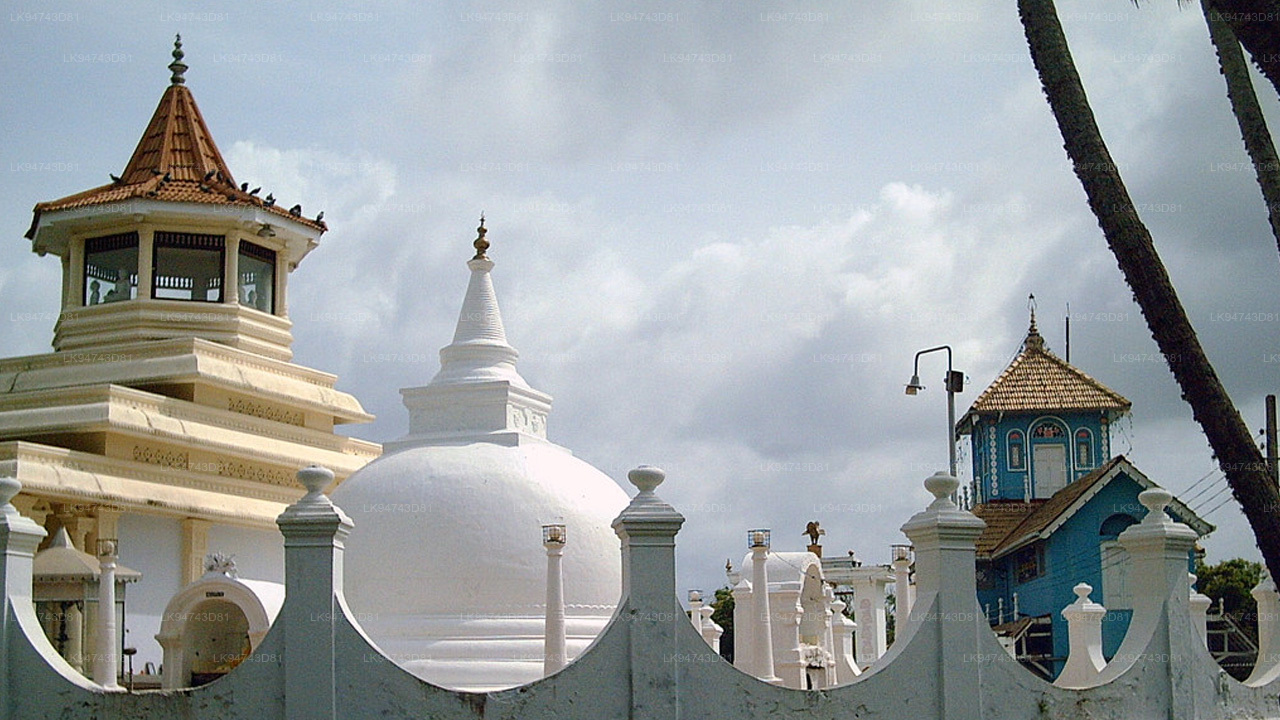
Matara City
Matara is a major city in the Southern Province of Sri Lanka. It's known for its beautiful coastal scenery, historical significance, and cultural heritage. The city is located about 160 kilometers south of Colombo, the capital of Sri Lanka. Matara has a rich history, with colonial influences from the Portuguese, Dutch, and British, and it's home to several historical landmarks, such as the Matara Fort and the Star Fort.
Devinuwara (දෙවිනුවර/දෙවුන්දර)
Devinuwara (Dondra) is a town on the extreme southernmost tip of Sri Lanka. In the Indian ocean near Matara, Southern Province, Sri Lanka. The Dondra Head Lighthouse, ruins of an ancient Vihara, and several Hindu shrines of Tenavaram are located in the vicinity.
Historically known as Devinuwara temple port town or Dondra (during the 18-20th century) was a historic temple port town complex until the late 16th century. A multi-religious site, its primary deity was the Buddhist god Upulvan known to Hindus as Tenavarai Nayanar (Lord Vishnu) and at its zenith was one of the most celebrated religious sites of the island, containing a thousand statues that may have belonged to the various sects of Hinduism and Buddhism. Dating from the period of Dappula I (659 – 660 A.D.) it was maintained primarily by Sinhalese kings and South Indian merchant guilds that routinely visited the port town during its time as a popular pilgrimage destination and a famed emporium, having extensive contacts with Malabar Coast, Southeast Asia, Northwestern Africa, and Europe.
The Upulvan temple was built on vaulted arches as a three-storied building in the middle of a promontory overlooking the mighty Indian ocean. And it was part of a larger Buddhist monastic complex with several sanctuaries. Patronized by various Sinhalese, Chinese, and possible Tamil royal dynasties and multi-ethnic pilgrims, the Tenavaram temple became one of the most important places of worship. After the renovations by Parakramabahu the II during the 13th century the Upulvan or Vishnu temple got a renovation according to the Chera style of classical Dravidian architecture. This Upulvan temple along with the surrounding Buddhist temple covered a vast area housing shrines to various Buddhist monuments like Sthupa, Bodhi tree shrine, Reclining and Standing Buddha statue shrines, and a large three-storied building for monks of the temple.
In addition, Brahmin priests of the Upulvan temple were established on an Agraharam endowed to them in the nearby Kapugama village. They also had an Alms hall within the premises of the Upulvan (Vishnu) temple. Shrines for many Hindu deities including Lord Ganesha, Lord Shiva, and Goddess Paththini were situated on western and eastern shores adjacent to the central temple. The rediscovered statue images and ruins from these temples belonging to the 7th-15th century CE reflect the high points of Pallava art.
About Matara District
Matara District, located in Sri Lanka's Southern Province, is renowned for its coastal beauty, rich history, and thriving local culture. Bordered by the Indian Ocean, it features stunning beaches like Polhena and Mirissa, which are popular for swimming and whale watching. The district's economy is driven by agriculture, particularly coconut and tea cultivation, as well as fishing. Historical landmarks such as Matara Fort and the Dondra Head Lighthouse highlight the area's colonial past. With its mix of natural attractions and cultural heritage, Matara District is a captivating destination for both locals and tourists.
About Southern Province
The Southern Province of Sri Lanka is a small geographic area consisting of the districts of Galle,Matara and Hambantota. Subsistence farming and fishing is the main source of income for the vast majority of the people of this region.
Important landmarks of the Southern Province include the wildlife sanctuaries of the Yala and Udawalawe National Parks, the holy city of Kataragama, and the ancient cities of Tissamaharama, Kirinda and Galle. (Although Galle is an ancient city, almost nothing survives from before the Portuguese invasion.) During the Portuguese period there were two famous Sinhalese poets called Andare who was from Dickwella and Gajaman Nona who was from Denipitiya in Matara District, composing poems on common man.














